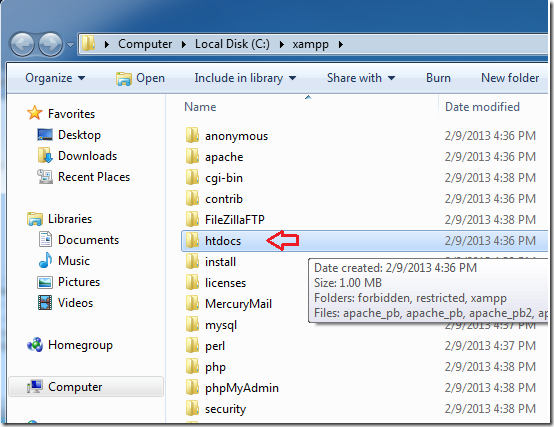

- Xampp for mac not wokring how to#
- Xampp for mac not wokring install#
- Xampp for mac not wokring windows#
With those changes made, restart XAMPP and start up Apache and MySQL.

Next, find the line that says ServerName localhost:80 and change that value to ServerName localhost:8080. Once you have the file open, locate the line that says Listen 80 and change it to Listen 8080. Select Config and Apache nfĪlternatively, you can navigate to C:\xampp\apache\conf\nf to open the file. Instead, click on Configure in the Apache row and select the Apache (nf) option. To make this change, open the XAMPP control panel but don’t start MySQL or Apache. In that can, you can configure XAMPP to work over port 8080 rather than port 80. Or it may be the case that you need whatever application is using port 80 to keep using it. Sometimes unblocking port 80 can be particularly challenging. Instead, check out that tutorial to try those port-clearing fixes. These two fixes are covered in greater detail in our previous tutorial on setting up XAMPP so we won’t rehash all of the details here. Then add a new inbound rule forcing ports 80 and 443 to remain unblocked.
Xampp for mac not wokring windows#
Do this by opening the Windows Control Panel and navigating to Windows Firewall > Advanced Settings.

If you’re running the latest version of XAMPP, it should appear on line 368 of the file. Open php.ini in a text editor and find the line max_execution_time. On my Windows laptop with XAMPP installed directly into the C: directory, the file is located at this address: C:\xampp\php\php.ini. Then open that file with your preferred text editor.

Navigate to your root XAMPP folder, open the php directory and look for the file titled php.ini.This will open the file in a text editor, but probably not your preferred text editor. Open up XAMPP control panel, click on Config in the Apache row, and select PHP (php.ini).To fix the issue, you need to adjust a single PHP setting in your XAMPP installation’s php.ini file.
Xampp for mac not wokring install#
However, it takes longer than 30 seconds to install large plugins, update the WordPress core or perform many other common WordPress operations. What’s going on is that the settings controlling the version of PHP running on your XAMPP installation are limiting script execution time to 30 seconds. The good news is, this is a really simple problem to fix. Try to install a large plugin or update the WordPress core and you’re almost guaranteed to see a fatal error message letting you know that the Maximum execution time of 30 seconds was exceeded. This is probably the most common issue first-time XAMPP users encounter. Trouble Shooting XAMPP & WordPress Issues Problem 1: Maximum PHP Execution Time Exceeded
Xampp for mac not wokring how to#
Some of these issues are just about guaranteed to show up when working with a local WordPress installation, and in this tutorial, I’ll show you how to overcome four of the most common XAMPP issues WordPress developers are likely to encounter. PHP errors and port conflicts are the most common examples of the bugs XAMPP developers run into. Just like any other server, a local XAMPP server will have to be adjusted for your particular computer setup to get it running problem-free. When using XAMPP, following installation, installing a plugin, importing a large database, and creating a backup of your local website are all opportunities for something to go wrong. Running into issues when developing with XAMPP is normal, especially if you’re working with it for the first time. But wait! What’s this business about a fatal error and maximum execution time? Just when you thought you were past all the hard stuff… Next, time to install that perfect theme. So you’ve got XAMPP installed and a fresh local installation of WordPress set up.


 0 kommentar(er)
0 kommentar(er)
